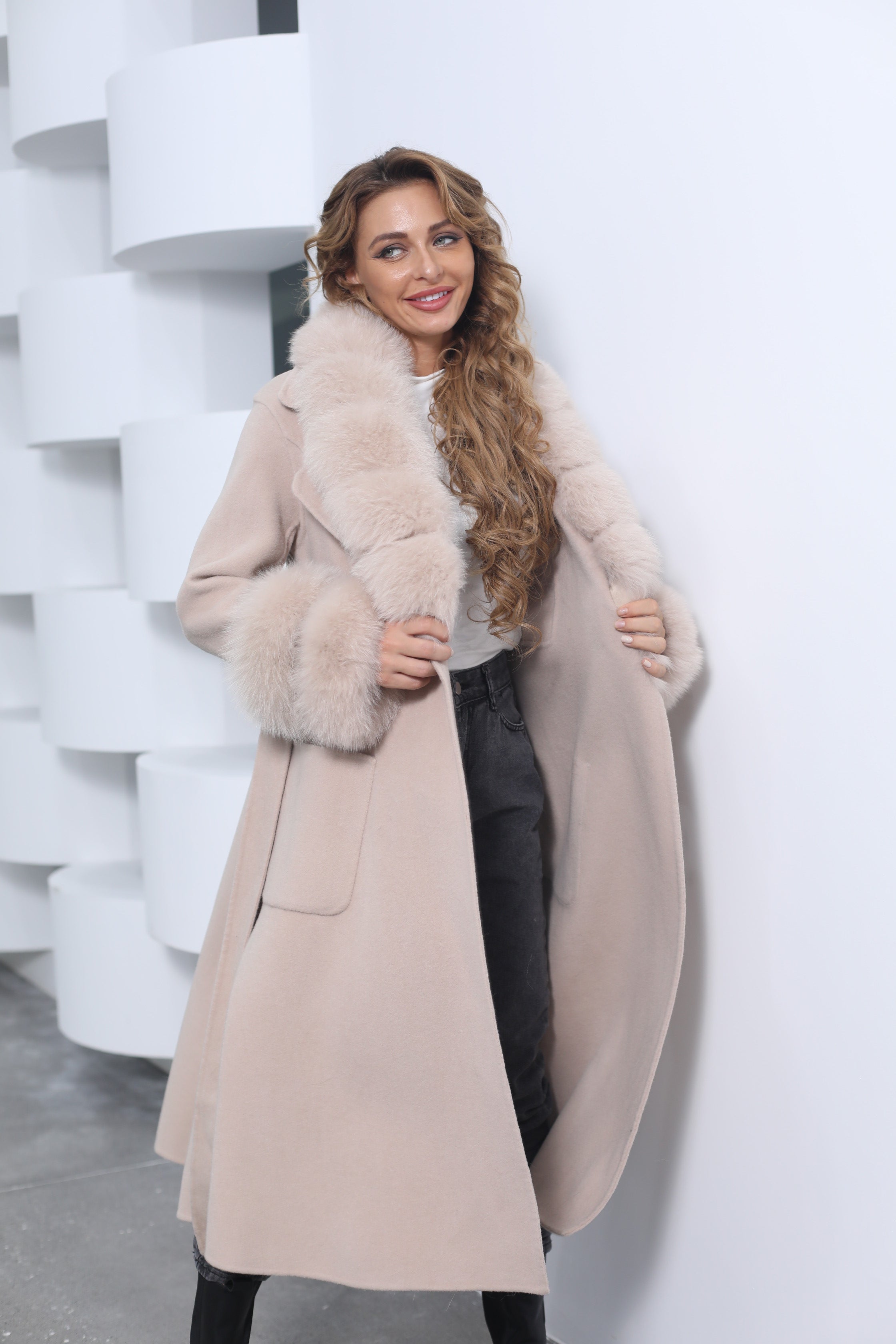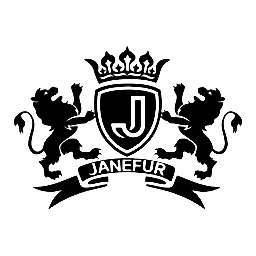
The Fur Paradox: Aesthetic Nostalgia Clashes with Industry Reality on the Runways
If you glanced at the Fall/Winter 2025 runways, you might have spotted a curious and seemingly contradictory trend: the fleeting return of fur. Nestled within rich, tactile fabrics in (retro) and layered looks, it appeared as a punctuation of luxury and warmth. Yet, to interpret this as a simple revival would be to miss the deeper, more complex narrative unfolding in the fashion world. What we are witnessing is not a comeback, but a paradox—a final, thoughtful exploration of a material whose mainstream era is closing.
On one hand, the aesthetic appeal of fur is undeniable. Designers, in their perpetual search for texture and drama, have revisited it as a design element. It serves as a statement piece in a collection dominated by concept and craft—a nod to an old-world idea of opulence. In silhouettes that play with volume and proportion, a fur accent provides a touch of primal, tactile contrast. This "return," however, is highly curated and conceptual. It is fur used sparingly, almost symbolically, rather than as a foundational pillar of a collection.

This leads to the crucial second act of this paradox: these runway moments are largely design explorations that do little to reverse the overall decline of the traditional fur industry. The landscape has been fundamentally altered by a powerful combination of ethical consumerism, stringent regulatory bans (like those on exotic skins in major fashion weeks), and a generational shift towards sustainability. The runway, in this case, acts as a laboratory—a place to dissect and pay homage to a material's history before moving on.
The true energy and innovation are no longer invested in defending traditional fur, but in actively seeking its successors. The most exciting conversations backstage and in design studios revolve around innovative alternatives. The focus has shifted to:
-
High-tech Faux Fur: No longer the cheap-looking synthetics of the past, new-generation faux fur is engineered for astonishing realism and luxurious feel. The development focuses on creating piles that mimic specific animals with incredible accuracy, all while being completely cruelty-free.
-
Bio-based and Plant-derived Materials: The frontier of material science is exploring leather-like and fur-like textiles grown from mycelium (mushroom roots) or derived from other biological processes. These offer a sustainable and ethically sound future for texture in fashion.
-
Upcycled and Recycled Fibers: Some designers are experimenting with creating "fur-like" textures entirely from recycled materials, pushing the boundaries of circular design.
The narrative is clear. The occasional presence of fur on the catwalk is a footnote in a story whose main chapter is now being written by alternatives. It is fashion acknowledging its past while decisively stepping into a more conscious future. The runways are not celebrating fur; they are, in a way, giving it a final, beautiful, and thoughtful farewell.
The conversation has moved from whether to use fur to how we can replicate its aesthetic and functional qualities without the ethical and environmental cost. The paradox on display is a sign of an industry in transition—one that is thoughtfully, if sometimes awkwardly, navigating the path from what was to what will be.







